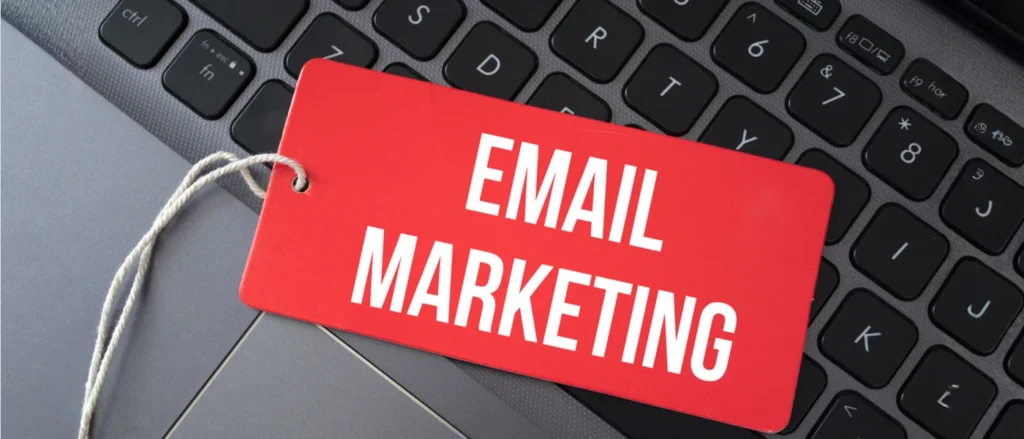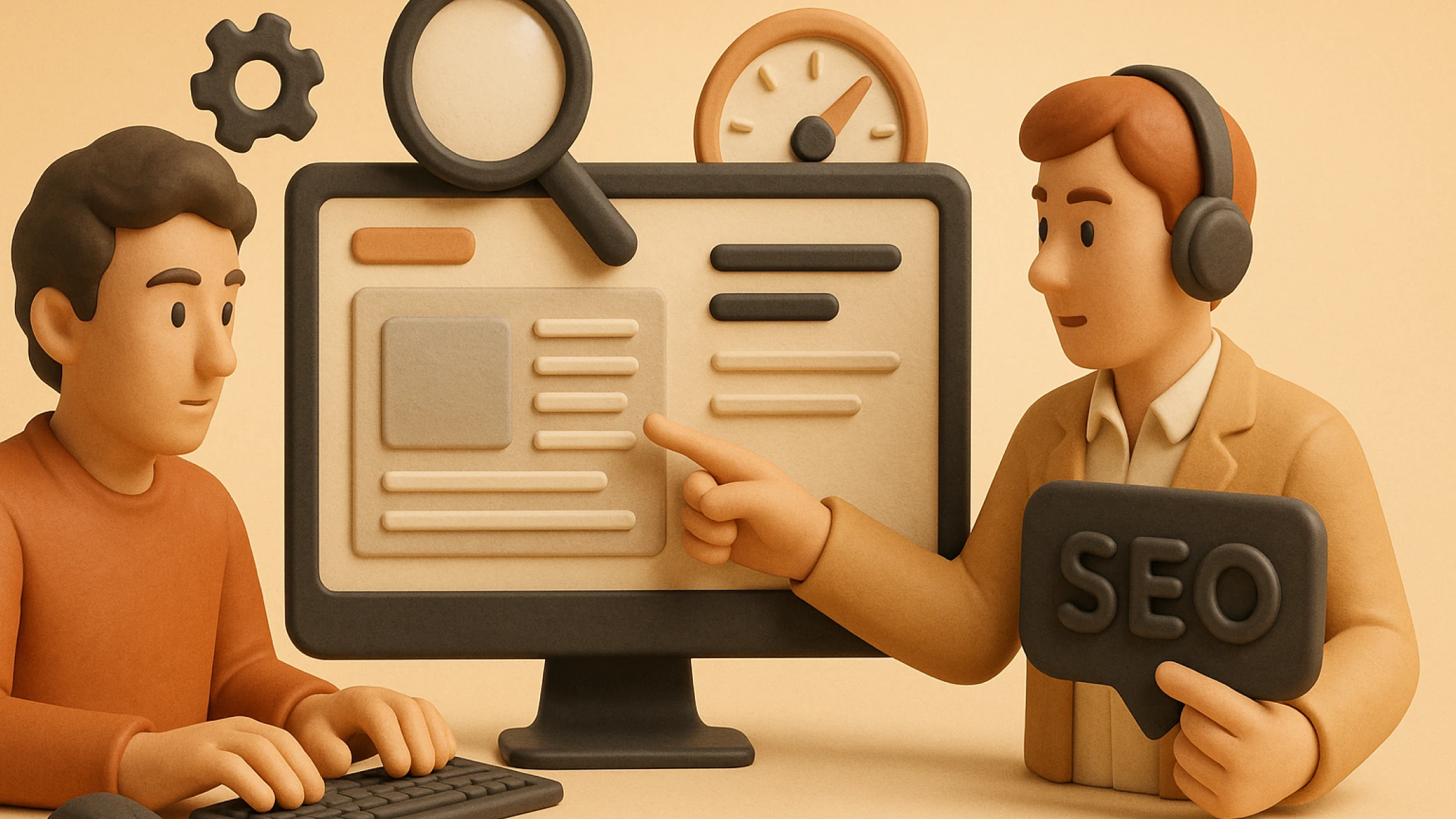Content:
Many of us perceive email marketing as spam that people voluntarily agree to receive. However, despite its “bad reputation,” it remains one of the most stable channels for customer retention and repeat sales stimulation. Moreover, its ROI is surprisingly high — according to the independent web resource Business Dasher, every $1 spent on e-mail marketing generates $42 in revenue!
Sounds great, right? So let’s find out what email marketing is, when it makes sense to use it, and how to run an effective mail marketing campaign.
Today, e-mail marketing is personalized communication with customers through email aimed at retaining them without costly retargeting. It allows you to nurture customers before they make a purchase and frees you from dependency on third-party algorithms (which is often the case when communicating through social media channels).
Finally, unlike many other forms of online marketing, e mail marketing allows for an optimal level of customization tailored to the characteristics of each specific target audience segment.
So, what does a win-win email marketing plan look like? Let’s dive in!
To lay a strong foundation for an effective e mail marketing strategy, you first and foremost need a subscriber base — and it’s crucial that this list isn’t purchased from shady marketplaces, but built organically from leads genuinely interested in the brand or business you are promoting. This can be achieved by offering something valuable on your website in exchange for a registration (typically participation in a loyalty program, additional discounts, etc.).
The next step is to connect an e-mail marketing platform (typically Mailchimp or Unisender) with the capability to configure SPF/DKIM-signed domains, to protect the email content during server transmission. Finally, you’ll need to develop a solid content plan, because email-marketing is a powerful tool for building long-term, loyal relationships with your audience.
Before you start drafting a content plan for e mail marketing, it’s important to understand: what exactly do you want from this email-campaign? For example, if your goal is to retain customers, you should use welcome series and educational emails. If the focus of your email-marketing is to increase LTV (Lifetime Value), remarketing campaigns and personalized promotions are a must.
Lastly, smart mail marketing can become an effective tool for automating the sales funnel — in this case, emails should be triggered by specific customer actions on the promoted website, such as completing registration or abandoning a shopping cart.
Of course, no one writes marketing emails manually anymore. However, that doesn’t mean your emails should feel impersonal. That’s why it’s crucial to segment your customer base in advance — by behavioral patterns, geography, sales funnel stages, interests, and preferences.
This way, you can achieve 2–3 times higher open rates compared to emails sent as part of generic mass email campaigns.
When setting up your marketing emails, it’s important to find the right balance. Specifically, if you’re communicating within a B2C model, it makes sense to set a frequency of 1–3 emails per week. For B2B audiences, it’s better to stick to 1 email per week or even every two weeks. Ultimately, after one to two months of testing your chosen email conversion strategy, you’ll be able to rely on your Open Rate — if it’s high, your email frequency suits your audience; if you notice a high Unsubscribe Rate, it’s time to ease up on your email cadence.
Now, let’s move from theory to practice.
Always keep in mind that each email is essentially a mini-landing page, and the key to its effectiveness lies in clear structure and valuable content.
In fact, great subject line ideas can easily be generated using ChatGPT or similar AI tools — you can specify all your preferences and requirements, and within moments you’ll receive truly engaging options. You can further improve the suggestions by clarifying the desired subject line length, your audience segment, and the specific goal of the email.
As for the CTA (Call to Action), always use active voice — not “Learn More,” but something like “Download the Checklist” or “Get Your Discount Now.”
And finally, a few words about visuals: avoid harsh, eye-straining contrasts (like green buttons on a red or bright orange background). Also, make sure your media assets are optimized for mobile devices, so users aren’t stuck waiting for slow-loading images.
Welcome Email

Promo Email

Re-engagement Email

Abandoned Cart

In reality, the correctness of your e-mail marketing technical setup determines whether your emails land in users’ spam folders (which could also get your domain blacklisted). Therefore:
v=spf1 include:_spf.yourservice.com ~allv=DMARC1; p=none; rua=mailto:your@email.comThe key to effective e mail marketing is comprehensive analytics and monitoring of critical metrics. Here are the most important ones:
A/B testing can help you analyze these metrics by testing different aspects of your email, such as:
Simply change one variable at a time and test it to see if your email marketing efforts are paying off.

Now, a brief overview of popular email marketing platforms:
Finally, here’s a quick checklist of common email-marketing mistakes — and how to avoid them:

Email marketing works — it was true 20 years ago and remains highly effective today. Moreover, in 2025, it’s working better than ever, thanks to AI tools capable of delivering end-to-end personalization of offers. Add to this the benefits of full control (no one can steal your customer base, as might happen with social media) and the ability to automate (set it up once and it runs itself), and it’s easy to see why analytics point to the possibility of a 42x return on investment. So — launch, test, and optimize — and soon you’ll see how much your upsells will grow!
Yes. While an email newsletter is simply a tool, email advertising represents a full campaign, including audience segmentation, automation, content creation, and analytics collection.
A successful email newsletter strategy can generate a steady flow of orders due to its high level of personalization, making it especially valuable in the B2B segment where long-term communication is critical. Messenger communications, on the other hand, are cheaper and faster — better suited for sending everyday notifications.
Sending emails 1–2 times per week is considered optimal for an effective advertising by email strategy. The key is to ensure that each email you send delivers practical value to the recipient.
Yes, because in some countries (particularly in the EU), it is required by current legislation (such as GDPR, HIPAA, and others).
The most effective types of emails are welcome series, personalized offers, abandoned cart reminders, and educational sequences — it all depends on the context and the goal of your email campaign.
Common spam trigger words for commercial emails include “URGENT”, “FREE”, “GUARANTEED”, and basically any words written in ALL CAPS or heavily punctuated with exclamation marks.
You should avoid email advertising practices that involve sending emails without permission, using third-party customer lists, and sending “cold” emails without prior adaptation to the specific segment of your target audience.
Enjoyed the article?
Discover ideas worth your time — stories,
trends, and tools that shape the future
Join our newsletter for curated
insights and important updates
Latest Articles

Technical SEO Without Pain? How a Developer Can Work with an SEO Specialist
25.07.2025

How to Fill Out Your LinkedIn Profile to Get Noticed: From A to Z
18.07.2025

What Are Low-Frequency Keywords & How to Promote a Website Using LFKs
24.06.2025